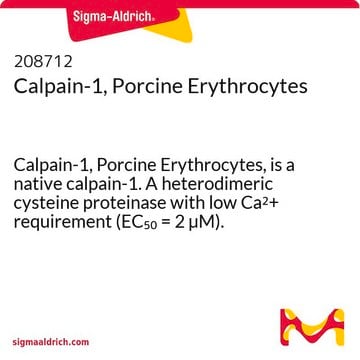GLN1
Glutamine and Glutamate Determination Kit
Synonym(s):
L-glutamine enzymatic quantification kit
About This Item
Recommended Products
usage
kit sufficient for 50 tests
packaging
pkg of 1 kit
storage condition
dry at room temperature
technique(s)
UV/Vis spectroscopy: suitable
λmax
340 nm
application(s)
cell analysis
detection
storage temp.
2-8°C
Application
The detection ranges for this kit are: 0.056 - 0.56 mM L-glutamate; 0.14 - 1.4 mM L-glutamine.
- in minimum essential medium (MEM) medium
- in the supernatant
- in plasma
Biochem/physiol Actions
Signal Word
Danger
Hazard Statements
Precautionary Statements
Hazard Classifications
Acute Tox. 2 Inhalation - Acute Tox. 3 Dermal - Acute Tox. 3 Oral - Aquatic Acute 1 - Aquatic Chronic 1 - Carc. 1B - Eye Dam. 1 - Resp. Sens. 1 - Skin Corr. 1B - Skin Sens. 1
Storage Class Code
6.1A - Combustible acute toxic Cat. 1 and 2 / very toxic hazardous materials
Flash Point(F)
Not applicable
Flash Point(C)
Not applicable
Certificates of Analysis (COA)
Search for Certificates of Analysis (COA) by entering the products Lot/Batch Number. Lot and Batch Numbers can be found on a product’s label following the words ‘Lot’ or ‘Batch’.
Already Own This Product?
Find documentation for the products that you have recently purchased in the Document Library.
Articles
Sigma article discusses tumor cell metabolic pathways, focusing on aerobic glycolysis and mitochondrial activity.
Our team of scientists has experience in all areas of research including Life Science, Material Science, Chemical Synthesis, Chromatography, Analytical and many others.
Contact Technical Service









